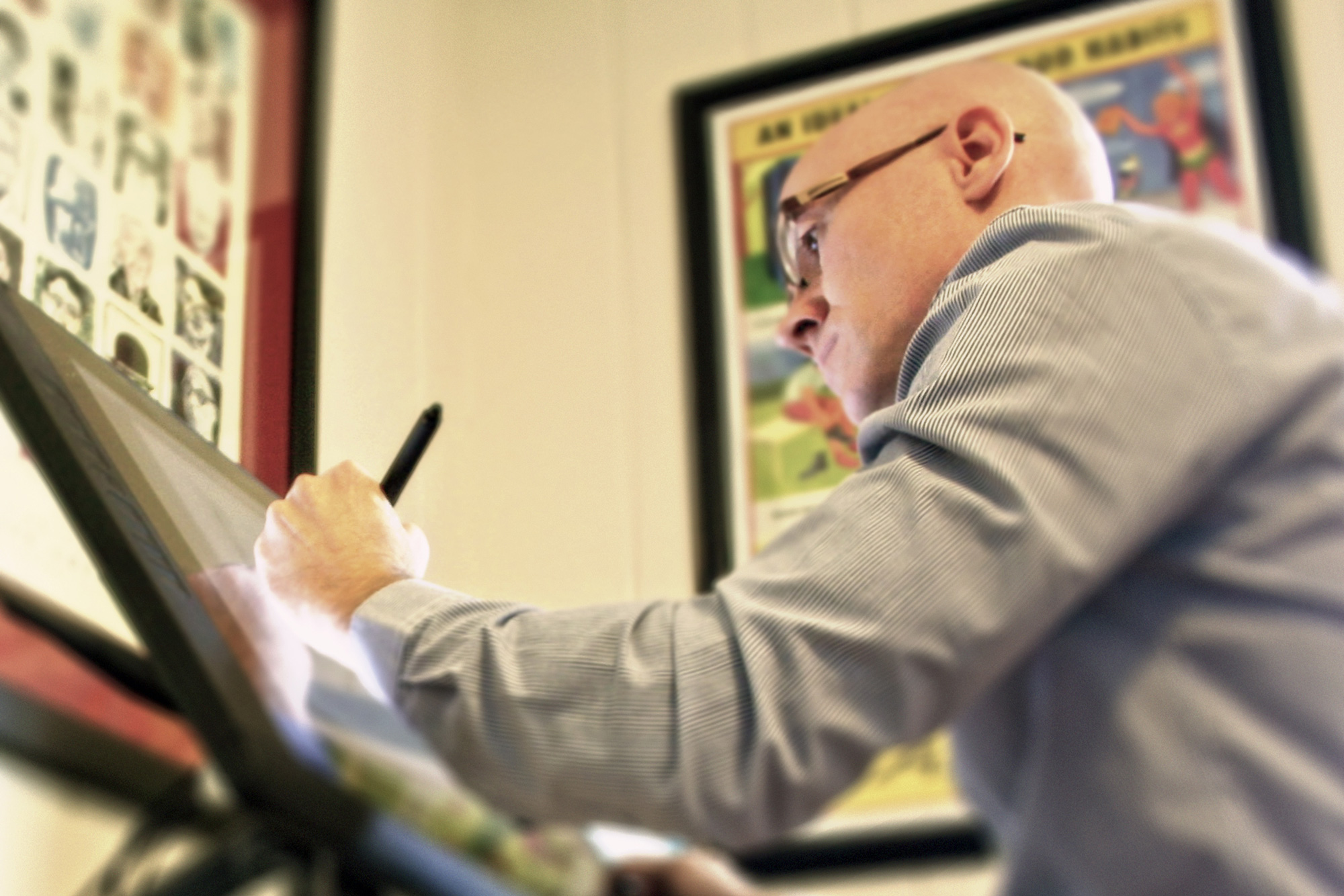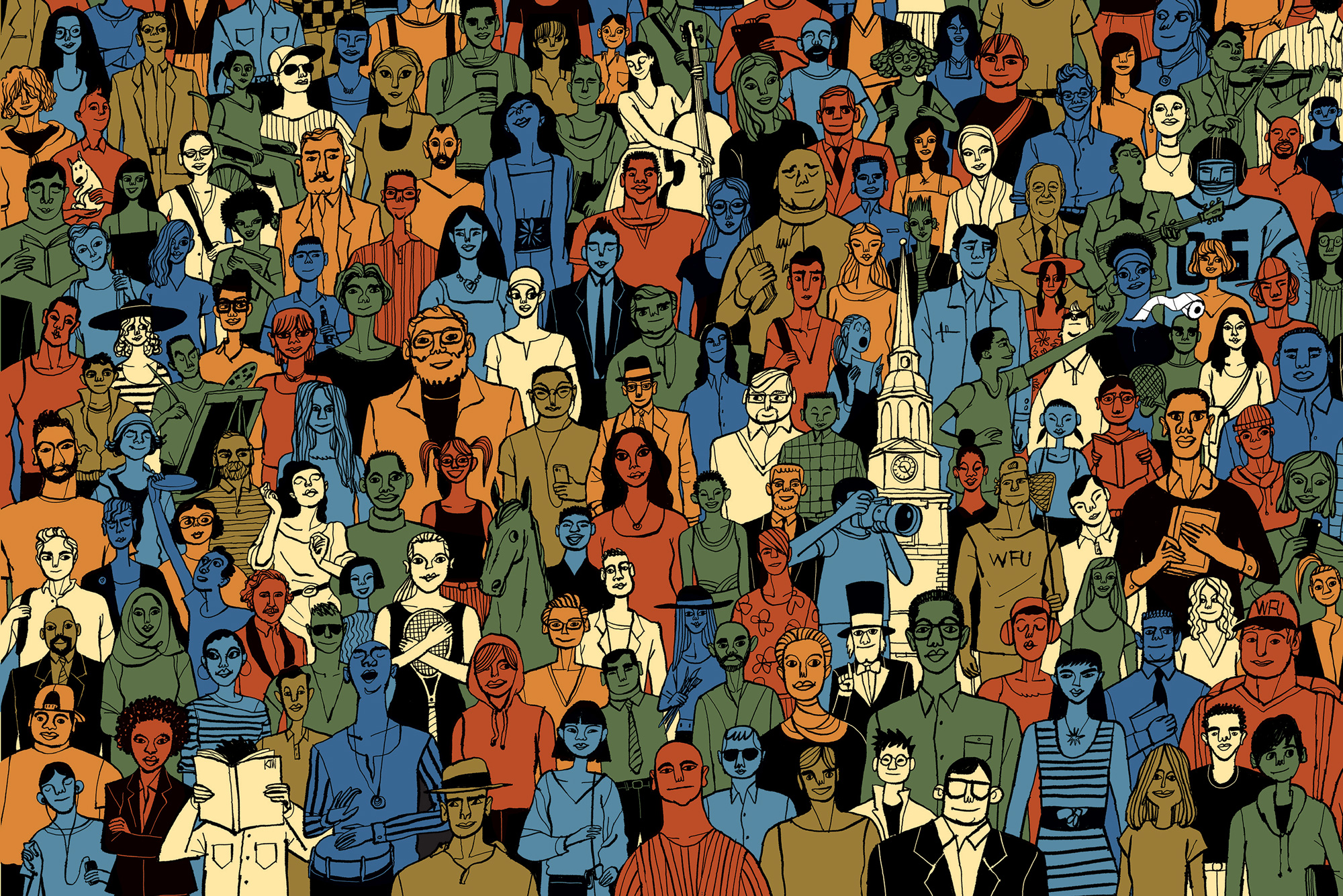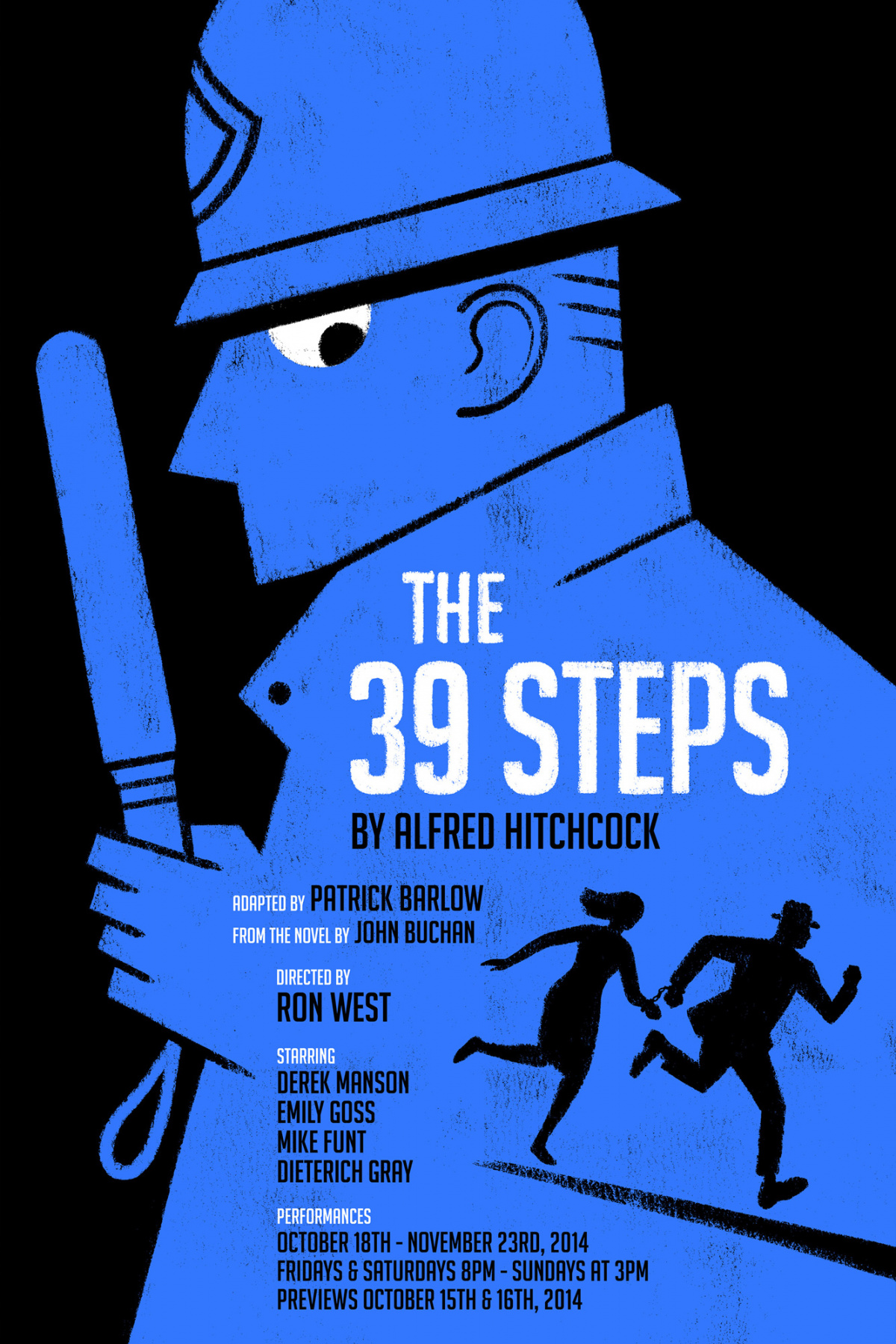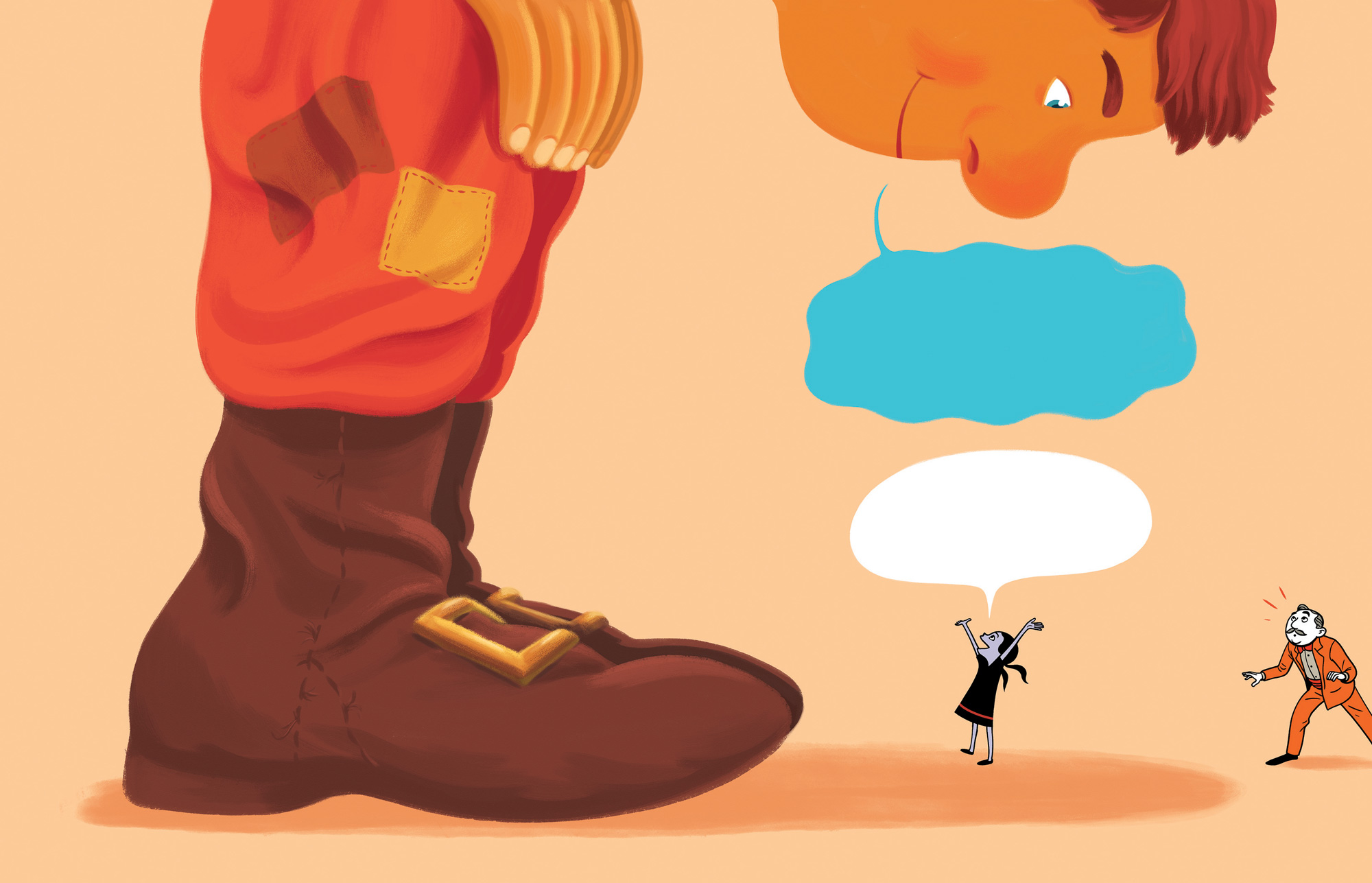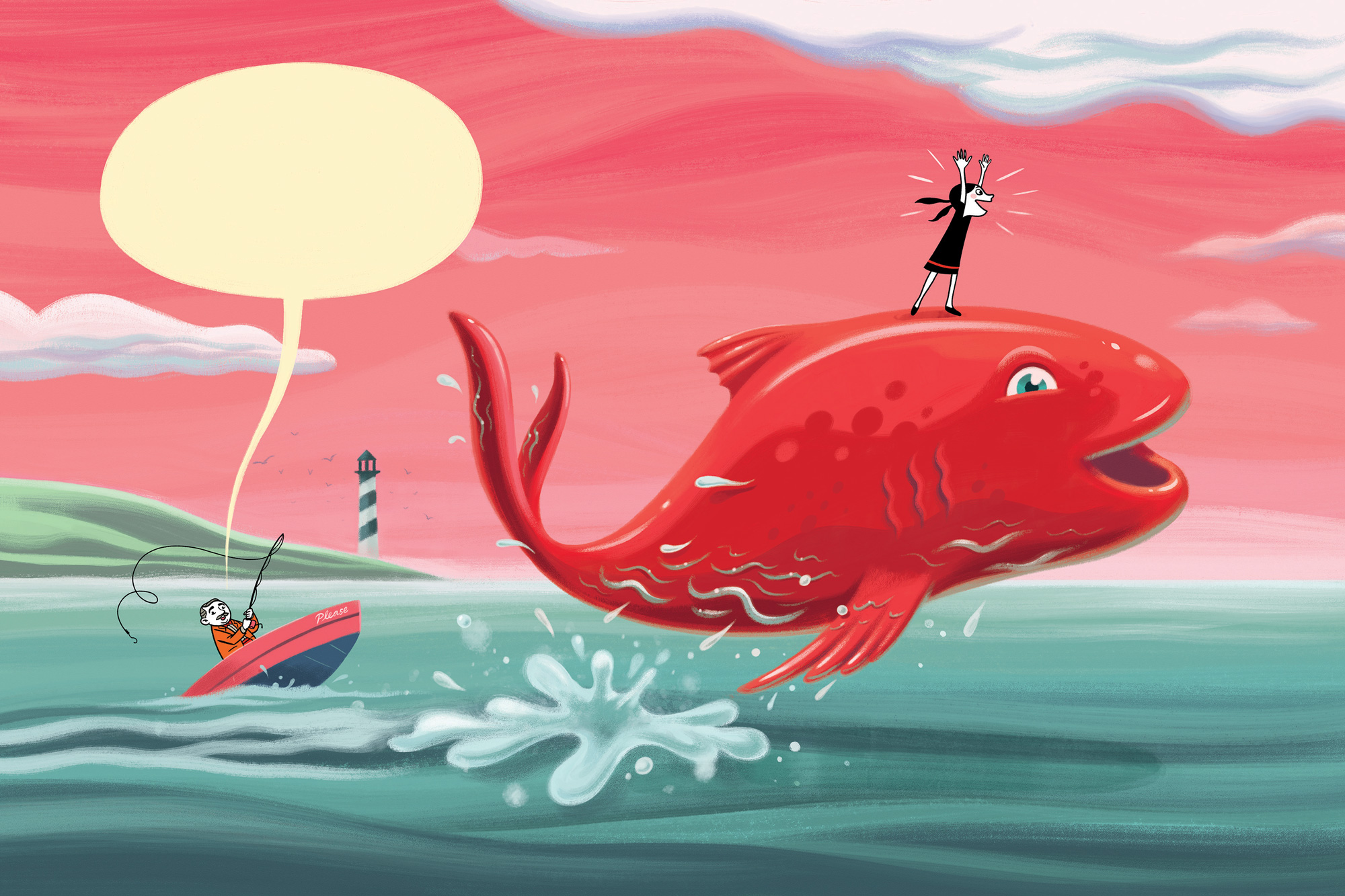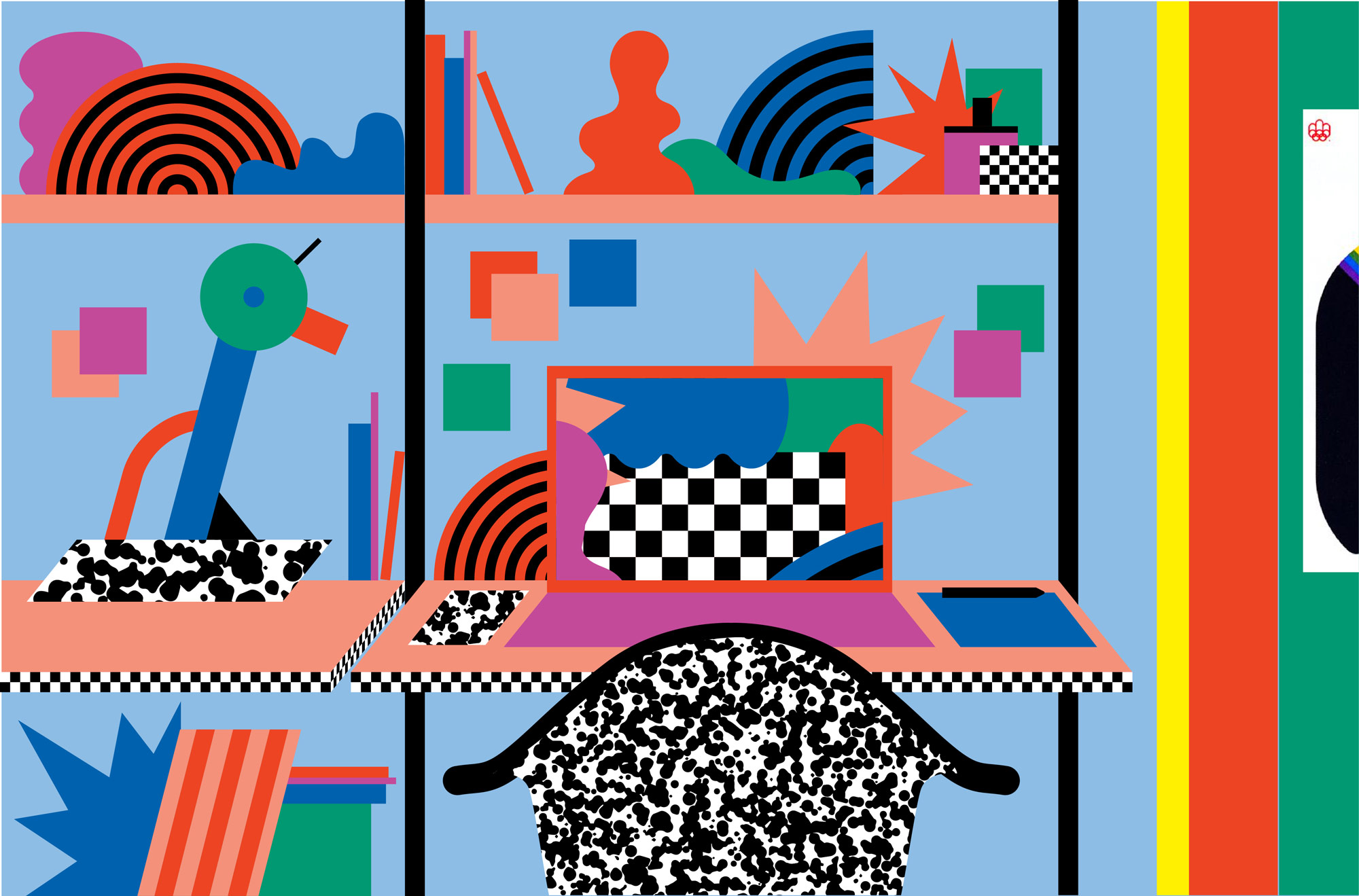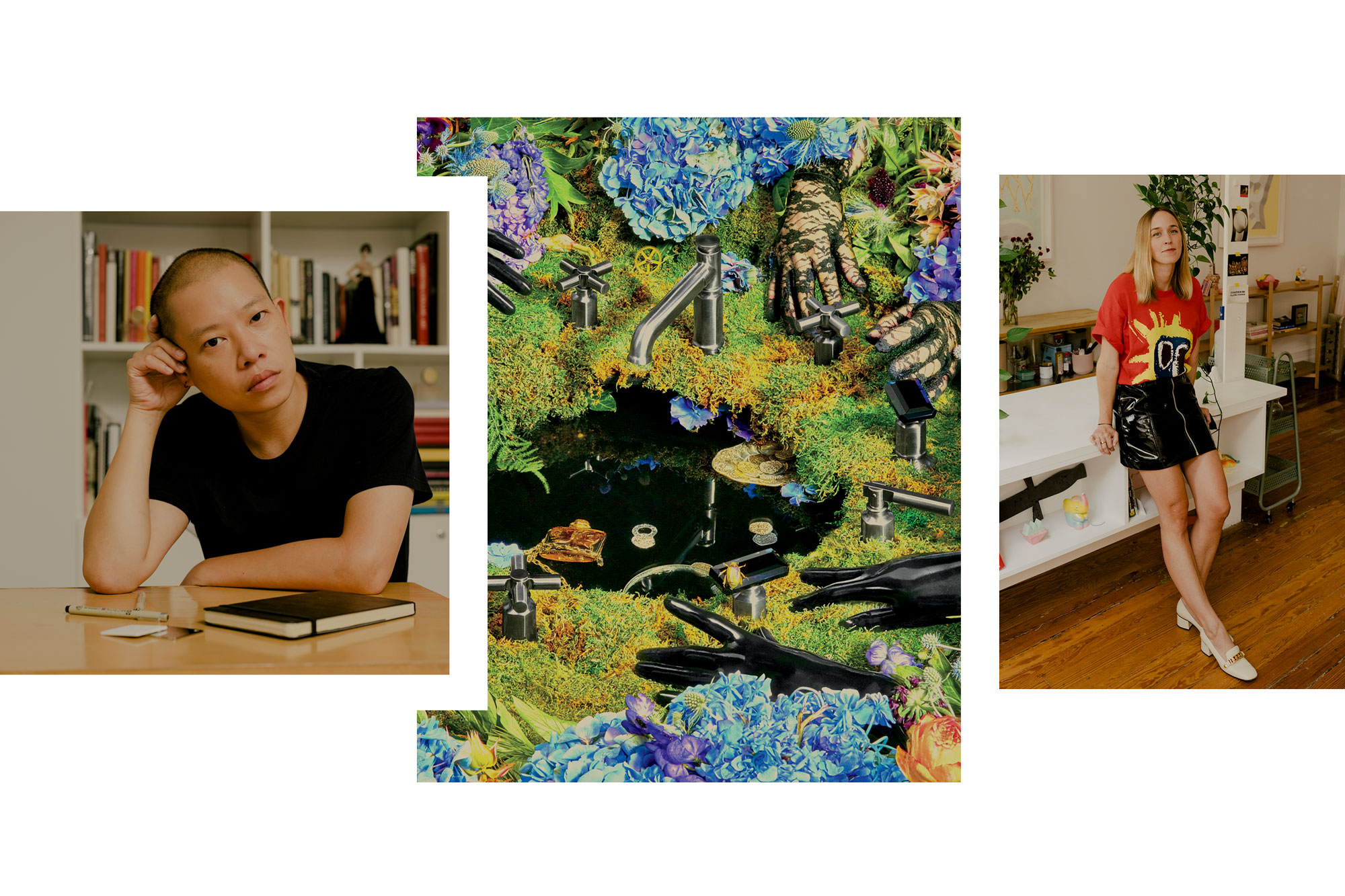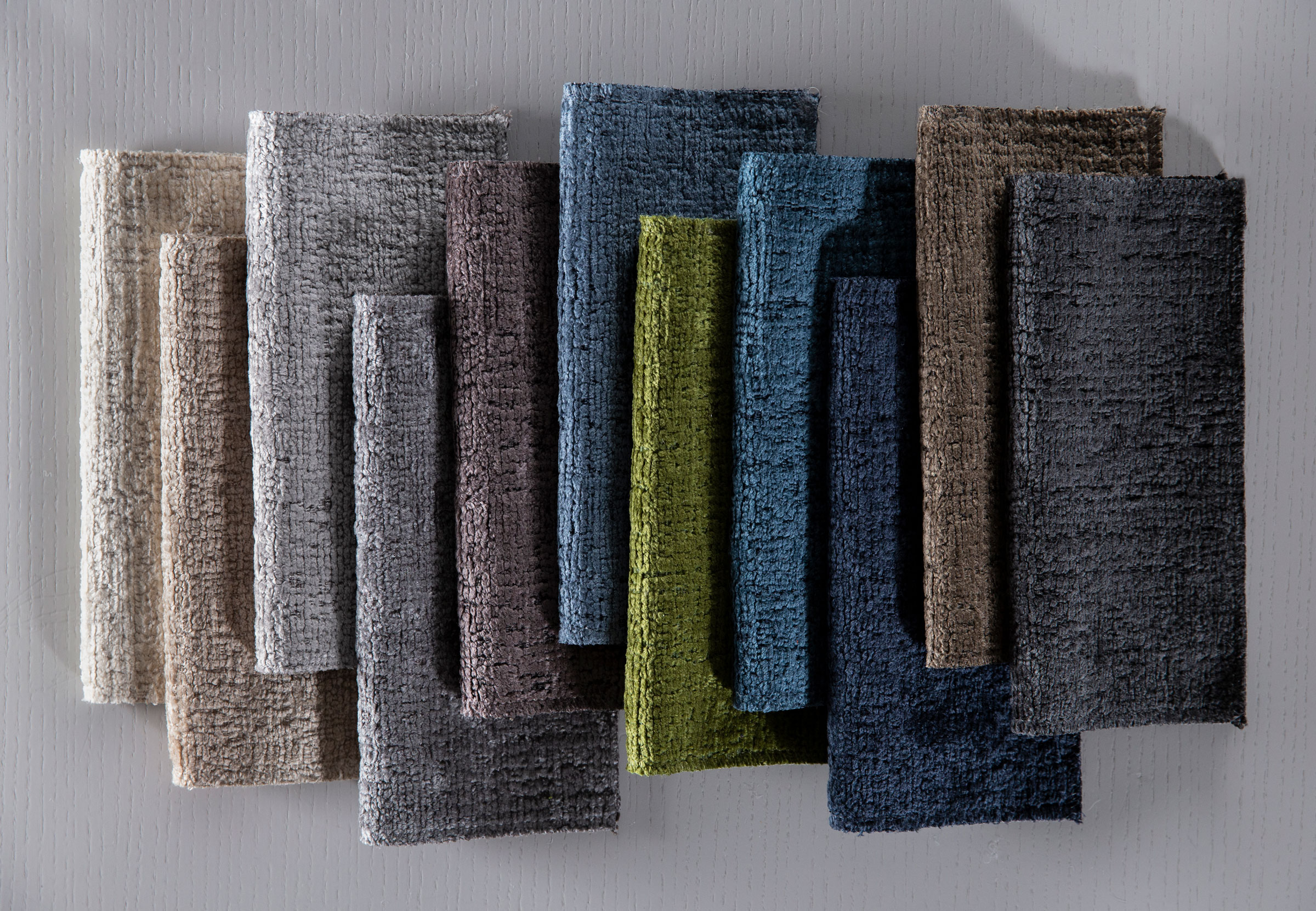Kyle T. Webster is creative. He’s an award-winning illustrator who has worked for world-famous international clients. He’s the creator of two top 50 iPhone games, author of a popular children’s book, and designer of countless game-changing Adobe Photoshop brushes. Now he shares one secret to his creative success—boredom.
- Wake Forest University wrap-around annual publication cover. Illustration by Kyle T. Webster
Access your subconscious.
I doodle when I’m bored, meaning I just let my pen take a lazy stroll around the page, and then I respond to whatever marks I make. Action, reaction, et cetera—and this always leads to something … When we are truly bored, we can more easily gain access to the most creative part of our subconscious, which is actually brimming with ideas but is rarely given a chance to call out through the noise of the busy day-to-day.
Don’t be afraid.
Boredom is a feeling of panic for some people in society today; having no specific task to complete, they feel restless and unproductive, and this leads to anxiety and a feeling of not being “useful.” For others, boredom is an unbearable state of rest interrupting a nonstop flurry of activity. In either case, what used to be a welcome pause in the day for us as a species, both physically and mentally, has become an undesirable state.
- Poster for Malibu Playhouse. Illustration by Kyle T. Webster
- Illustration for Arts Based School auction, Winston-Salem, North Carolina. Illustration by Kyle T. Webster
Choose healthy distractions.
When I do give in, I reach for one of the art books or comics I have collected since childhood—having a large library of books is much better than scrolling endlessly through Instagram. Or I watch how-to painting and drawing videos on YouTube. At least this way I’m learning something and not just consuming empty stuff … Wasted time is filling an hour with any activity that is not mentally healthy. Real rest is healthy. Thoughtfully produced, educational content is healthy. Totally ridiculous comedic content is healthy in moderation, especially if it is original and thoughtfully produced (laughter is very important). Facebook is the opposite of all of this.
Get in the habit.
I liken it to meditation. The benefits are clear for those who practice regularly. Most people I know who have been meditating for years are doing it all throughout the day and can access its benefits easily. I think the same approach works for creative problem-solving or idea generation—one is able to more quickly access the quieter (but more imaginative and creative) parts of the brain through practicing intentional boredom.
- Illustration by Kyle T. Webster
- An excerpt from Kyle T. Webster’s children’s book, Please Say Please. Illustration by Kyle T. Webster
Reduce your phone use.
Count the number of times in a day (literally) you reach for your phone when there is no reason for you to do so. Aim to halve that. And then halve it again. Replace this habit by keeping a small notebook and pen within reach and see what happens.
Take real breaks.
Get comfortable with doing nothing at all for a five-minute stretch. Force yourself to sit and stare at the wall. Set a timer if you have to. Anytime a thought pops up, look at it closely and pretend you are swiping it off the screen in your mind. Do this five times throughout the workday to reset. I also take a daily walk—30 minutes is all you need, and do not bring your phone on the walk, or if you do, turn it off and make a rule that you can’t touch it.
Engage with the world.
Stop looking at Pinterest, and any other “inspiration” sites for a week. Instead, look at things in the physical world that inspire: nature, fellow humans, et cetera. Go listen to live music or walk through a gallery. When you’re there, be totally present and allow yourself to be still and really see and hear what is around you.
This article originally appeared in the Fall/Winter 2019 issue of Sixtysix. Subscribe today.
